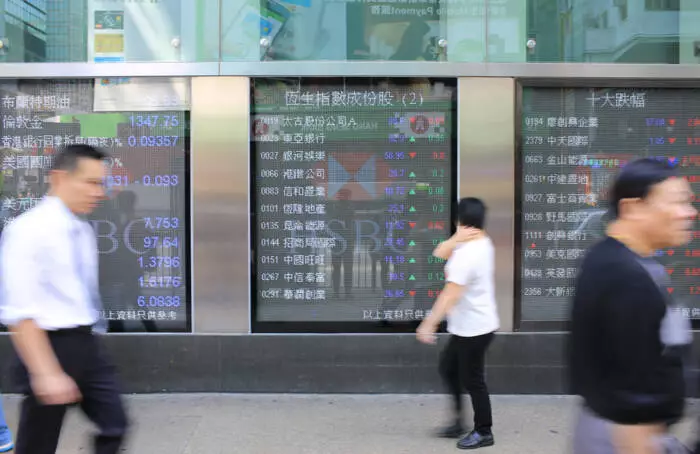The recent surge in tech stocks highlights the resilience and dynamism of the market, especially amid ongoing economic concerns. The decision by the Chinese Communist Party (CPC) Politburo to introduce measures that stabilize the labor market and stimulate the economy has set off ripples of optimism. The Hang Seng Tech Index, showing a remarkable gain of 1.96%, illustrates that investors still have faith in the potential of technology to lead recovery. Industry giants like Alibaba and Baidu have proven their mettle by increasing 6.35% and 6.12%, respectively. This invigorating trend is only the tip of the iceberg, as the market shifts place technology at the forefront of economic revitalization.
The Ripple Effect on Chinese Equities
Mainland China’s equity markets are also experiencing a turnaround, with modest gains recorded on the CSI 300 and Shanghai Composite Index. These gains, albeit cautious, reflect an underlying positive momentum that tech stocks have instigated. The rally, however, is not without its clouds. Tensions in trade relations with the U.S. have cast a long shadow over this optimism. The Chinese Ministry of Foreign Affairs’ firm dismissal of President Trump’s claims regarding trade talks serves as a stark reminder that political factors can quickly dampen market enthusiasm. Any substantial talk of tariffs should cause stakeholders to tread carefully, given the ongoing global economic uncertainties.
The Broader Market Dynamics
Beyond technology, other sectors are showing varied performances in this economic landscape. Gold prices slipping by 0.25% suggest that investors might be moving towards riskier assets as geopolitical worries fade. Meanwhile, oil prices are also in a retreat, with WTI crude dropping 1.18% to $62.745. This decline is indicative of the often volatile nature of commodities amid fluctuating global demand and cautious market sentiment.
The Australian market, with the ASX 200 rallying by 1.91%, stands as a counterpoint, driven largely by falling U.S. treasury yields that favor banking and mining stocks. Companies like the Commonwealth Bank of Australia have broken their own records, marking a six-week winning streak that underscores investor confidence in these high-yielding dividends. The robust performances of BHP Group Ltd. and Rio Tinto Ltd. further cement the idea that certain sectors will always have a special role in economic narratives even during uncertain times.
The Race Towards Trade Clarity
Turning our gaze towards Japan, the Nikkei Index’s advancement of 3.33% reveals a relationship between currency dynamics and trade expectations. A weak yen, coupled with speculation around a favorable U.S.-Japan trade agreement, positions Japanese corporations for increased competitiveness. Automaker Nissan’s remarkable 4.36% jump illustrates this point directly. Stakeholders now have an opportunity to capitalize on the interplay between currency fluctuations and trade agreements, which in the grand scheme of things could reinvigorate Japanese exports significantly.
Amid these shifting tides, staying abreast of developments in trade relations, particularly between the U.S. and China, is essential for determining future market trajectories. Upcoming economic data releases and monetary policy decisions from key players like the Bank of Japan stand to impact risk appetites, demanding vigilant attention from investors. As markets respond to these economic signals, the value of staying informed is more crucial than ever in navigating today’s complex investment landscape.

